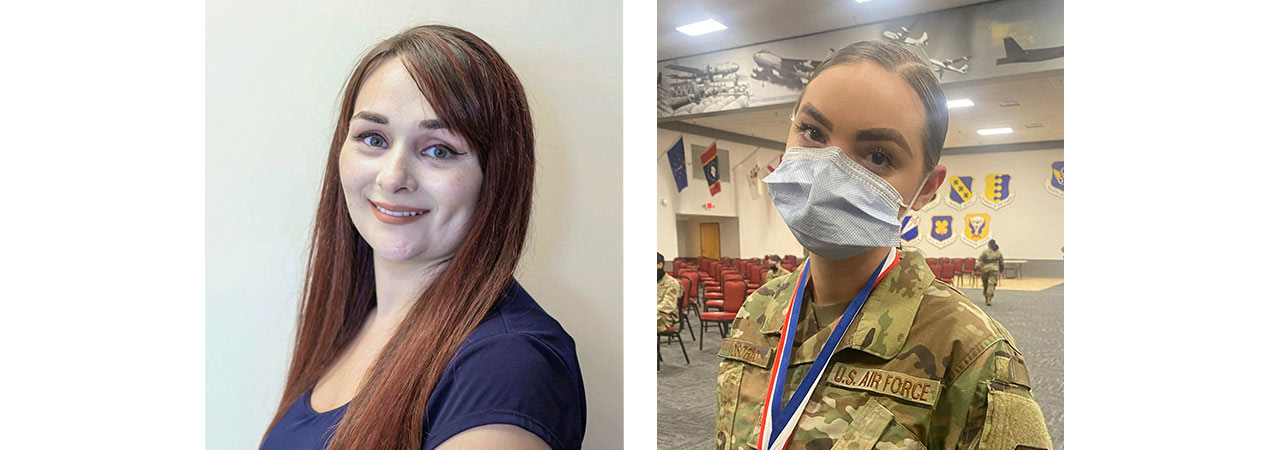Celebrating new Certified Orthodontic Assistants

One draw of dental assisting is the ability to explore different pathways within dentistry. Orthodontics is one of the most popular specialties within dental assisting, and earning DANB’s Certified Orthodontic Assistant (COA) certification is a milestone achievement for many.
Heather Sherbine, CDA, COA, EFDA, recently found out she joined a group of over 1,000 assistants who’ve earned the certification. Not only is she proud of the accomplishment, but so are the doctors at her practice.
“My doctors are super excited that they have an assistant who has [COA certification]. Not very many people have it because it’s not required in the state of Pennsylvania,” explains Sherbine.
Although the certification isn’t required in her state, Sherbine was driven to enhance her knowledge in orthodontics, a specialty she transitioned to just before the COVID-19 pandemic began in 2020.
“It just felt good for me to be able to take the knowledge that I’ve been getting for the last two years and apply it toward something,” says Sherbine.
Providing better care to patients
Certification is not only beneficial for orthodontic assistants to improve their credentials — it can also help them provide better care to patients. COA certificants are well-equipped to assist orthodontists during appointments, explain treatments, answer questions, and help patients understand the importance of orthodontic care.
“A lot of people think that orthodontics is just straightening of your teeth, but it can fix your bite,” explains Sherbine. “And people don’t realize how you need a good bite to do everyday things as simple as eating. So orthodontics is a lot more than straightening your teeth just to look nice.”
Learning a new specialty can be difficult enough, but Sherbine’s practice also dealt with shutdowns and staff members leaving due to the pandemic. Drawing inspiration from her young daughter, Sherbine stuck with it and pursued COA certification when she reached two years of experience. When she finally earned the certification earlier this year, she was ecstatic.
“I knew I wanted it when I started in orthodontics,” shares Sherbine. “I was really proud of myself for doing all that because when I started school for certified dental assisting, I had my orientation on my daughter’s first birthday. She was really my motivation.”
She adds: “I think that if you take the time to learn something new, you should be able to reward yourself with certification.”
Standing out in the Air Force
Kayla Cosimini-Osorio, CDA, COA, also earned her COA certification recently. She works as a dental assistant in the U.S. Air Force, where she was selected to work in orthodontics and fell in love with the specialty.
“I like making people feel better about their smiles,” she says.
Cosimini-Osorio originally planned to take her COA exams in 2021 to help her stand out among dental assistants in the Air Force and further her career.
“Not many in the Air Force have their CDA. There’s probably less than 1% who have two different certifications,” estimates Cosimini-Osorio. “So, this will definitely help me promote myself in the future.”
A car accident delayed Cosimini-Osorio’s plans to take the COA exams. When she finally earned her certification this year, it was extra satisfying.
“It makes me extremely proud that I was able to accomplish that,” says Cosimini-Osorio, who also wants to pursue infection control certification down the line.
How to get started
Earning the COA certification requires passing DANB’s Infection Control (ICE) and Orthodontic Assisting (OA) exams. The ICE exam does not have eligibility requirements, and candidates must meet the requirements in one of four pathways to take the OA exam. Learn more about the certification and view the eligibility requirements here.

